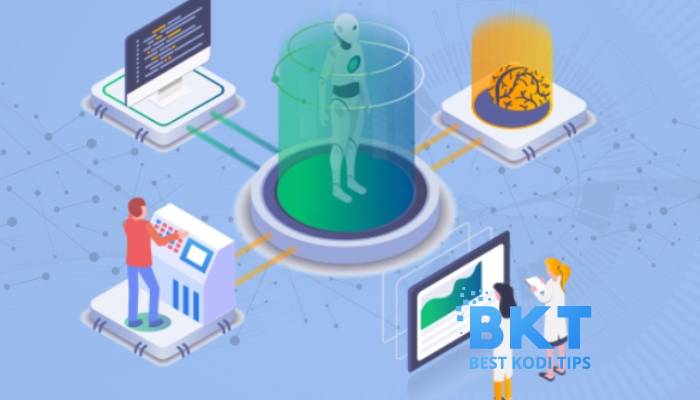Artificial Intelligence (AI) has become a part of our daily life. What was considered something futuristic by the end of the 20th century is now being used for everyday tasks such as navigation using Google Maps, Uber for ride-sharing, or something as seemingly simple as the spam filters on your email inbox. To keep your inbox risk and clutter-free? Machine Learning (ML), however, is only possible when data annotation is done.
So, what is data annotation? For the machine to learn and interpret the human world, it requires training and high amounts of data to understand its surroundings. This process of labelling the available data so that the machine can use it is called data annotation.
Once the machines are fed vast amounts of data that they can recognize, they use it to analyze and give an accurate result required by the client. Human-annotated data is crucial as human judgment can be used to update and increase the accuracy and performance of the machine.
Moreover, Machine Learning requires data to be annotated in various ways, such as images, text, and even videos. To understand data annotation, we need to look into some of these categories.
Image Annotation
Through image and video annotation, machines learn how to interpret and recognize their surroundings. Annotation is done through tagging images and videos in the form of captions, identifiers, and keys. This allows swift recovery of pictures and videos from the database according to the demands of the client based on the colour, shape, or other specifications.
An exciting application of image annotation and ML can be seen by using technology such as facial recognition software and even the filters available on Instagram and Snapchat.
Text Annotation
Businesses heavily rely on text annotation and are used by 70% of companies as part of their AI solutions. Text categorization allows sentences, phrases, and words to be tagged even in unstructured data, such as a Google search. Text annotation has numerous types of applications which include machine translations and chatbots.
It can teach the machine to understand the primary text and the context and the sentiments behind the text, which can be subcategorized as Sentiment annotation and intent annotation.
Sentiment and Intent Annotation
As the name suggests, sentiment annotation helps the machine is interpreting the emotions and feelings behind a text, whether the text portrays anger, sadness or some other feeling. Data annotation can also lead to the machines understanding the intent behind a text and replying accordingly.
This can be particularly useful if used for customer services applications and chatbots as it will cater to every customer’s needs.
Audio Annotation
Computer-generated subtitles on YouTube videos are possible due to audio annotation, which trains the machine to understand the audio despite the speakers’ differences in accents and pronunciation. Through Machine Learning, audio and speech of any kind can be understood by the machine, helping in improving the services provided by the software. This is readily used for transcription services, especially where live transcription is needed.
Data Annotation can be very time-consuming and monotonous work; however, it has led to many technological changes for the global community. AI and machine learning cannot be beneficial without accurate data annotation, and the ever-expanding scope of AI in our everyday lives requires high-quality human-annotated data.















Comments